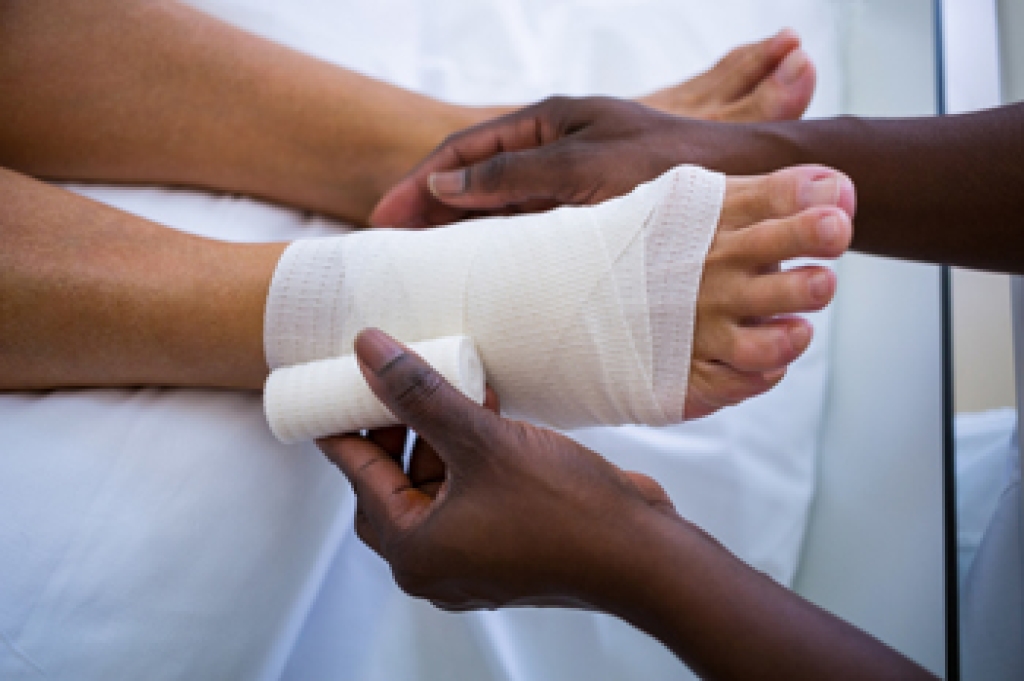
Caring for foot wounds has a surprisingly long history. As far back as 2200 BC, people were using techniques that laid the foundation for today’s wound care. Ancient clay tablets describe washing wounds, applying early forms of dressings, and using bandages to help injuries heal. Early plasters included ingredients like clay, herbs, and even oil, which helped protect wounds and keep bandages from sticking to sensitive skin. In Egypt, healers used honey, grease, and lint to treat wounds. Honey not only kept bacteria at bay but also helped seal injuries from infection. Egyptians even painted wounds green to symbolize life and healing, though this had a practical side too, since the copper in green pigment fought bacteria. Today, foot wound care involves much more advanced materials and techniques, but the basics remain similar. If you have a slow-healing or infected foot wound, it is suggested you visit a podiatrist for appropriate care.
Wound care is an important part in dealing with diabetes. If you have diabetes and a foot wound or would like more information about wound care for diabetics, consult with Michele Kraft, DPM from Toes on the Go. Our doctor will assess your condition and provide you with quality foot and ankle treatment.
What Is Wound Care?
Wound care is the practice of taking proper care of a wound. This can range from the smallest to the largest of wounds. While everyone can benefit from proper wound care, it is much more important for diabetics. Diabetics often suffer from poor blood circulation which causes wounds to heal much slower than they would in a non-diabetic.
What Is the Importance of Wound Care?
While it may not seem apparent with small ulcers on the foot, for diabetics, any size ulcer can become infected. Diabetics often also suffer from neuropathy, or nerve loss. This means they might not even feel when they have an ulcer on their foot. If the wound becomes severely infected, amputation may be necessary. Therefore, it is of the upmost importance to properly care for any and all foot wounds.
How to Care for Wounds
The best way to care for foot wounds is to prevent them. For diabetics, this means daily inspections of the feet for any signs of abnormalities or ulcers. It is also recommended to see a podiatrist several times a year for a foot inspection. If you do have an ulcer, run the wound under water to clear dirt from the wound; then apply antibiotic ointment to the wound and cover with a bandage. Bandages should be changed daily and keeping pressure off the wound is smart. It is advised to see a podiatrist, who can keep an eye on it.
If you have any questions please contact our office located in Carmel, CA . We offer the newest diagnostic and treatment technologies for all your foot and ankle needs.
